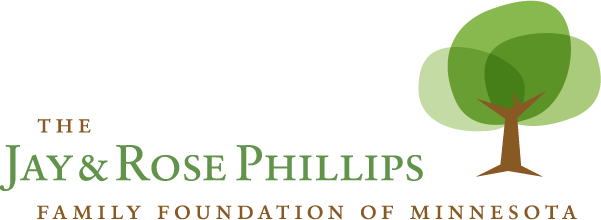by Joseph Miranda, Program and Engagement Coordinator at Patrick Henry High School
I never really enjoyed my educational experiences. Textbooks, readings, quizzes, tests, and essays. As a high school student I remember feeling as apathetic and disengaged as many of the students I am around every day on the Northside of Minneapolis.
As a Program and Engagement Coordinator for the Community Connected Academy at Patrick Henry High School, I have been working on a program that is attempting to encourage real-world skills over the standard, institutionalized learning that is omnipresent in the current traditional North American classroom – the “sit and get” of education that pervades school systems on all levels throughout the United States.
Our new program incorporates project-based and social emotional learning with interdisciplinary standards. This new style of learning looks great on paper. It looks great in classrooms that have been doing it for years. Within our current system of education, the narrative seems insurmountable. The data suggests it will help.
But, this new style of learning comes with a catch. I see success for such programs that, frankly, have more money. More and more I am realizing that most of the disparities that People of Color and minorities face are largely influenced by the fact they don’t have the funds to do new, experiential programs like this. Luckily, the program I am working with has access to this funding – it is just a matter of jumping through a few hoops to get it.
My role within the program is to collaborate with community partners to build the projects and find internship opportunities for students so that they can gain real world professional development before they graduate. The process starts with me contacting potential partners in the community. We have great conversations and are all on the same page. When all the brainstorming sessions are over, they tack on the price tag. I see it and realize there is a reason why these programs are not implemented in public schools on the Northside. I get worried, I get discouraged. I don’t hold the keys to the kingdom. I can’t tell them to get started right away. Where does this money come from for other, more affluent neighborhoods? Donors? Wealthy parents? The district’s disproportionate distribution of funding? There are a lot of complexities within this system that I am not used to grappling with because I have had the privilege of working outside it (and it working for me) most of my life. I’m trying to make sense of it, but most of the time, it seems like nothing really makes sense to begin with. Going back and working at a public school after so many years of rejecting the education system is bewildering.
While there are challenges and roadblocks, there is inspiration as well. The most inspiring thing about my work is watching my colleagues work with students. Their responsiveness to issues and care for the ecosystem of the students, school, and families is what should be happening across the United States. I see how much they work everyday and am impressed by their efforts to meet their students’ needs. It is so much work, and if more teachers had the capability to work like them, if there was funding to provide more teachers with resources (and schools with more teachers), then things might pan out.
I am also amazed at the students in our class, and their willingness to try these new forms of education. They are getting a chance to really explore their identity and think about who they are in this world, something I never got to do as a high school student. It is amazing how responsive they are to these topics. With a little encouragement, you can see how students who might typically disengage in class suddenly begin expressing themselves in a variety of ways. With a dedicated counselor on staff, it is great to see how social and emotional learning can so easily fit into more traditional curriculum standards in class – all for the betterment of the student and their community at large.
I joined this program to learn more about how the education system operates and to see what new styles of learning are coming forth today in the U.S. I joined to get a little bit of understanding as to why we are all so divided in our society – along race, gender, culture, or religion – and where I fit into combating it. I’m not sure where I am now is where I should be, but it is helping me to realize what kind of work needs to be done to create an equitable, diverse, and inclusive environment.
So far it has been an honor working at Patrick Henry High School for the Community Connected Academy. I’d like to think that doing this work is better than insulating myself in my own little world. I don’t come from a social justice program. I’m new to it. I graduated college many years ago. I never studied these things. All I have is my experiences, working in white America. I feel very far behind. I’ve been caught up in so many false narratives, but in the end, I hope that I will have contributed to the gestalt of a just world, instead of only taking from it.
I hope those of you who are reading this will think about how your own experience with education has influenced your life, and how you can contribute to more holistic teaching methods for everyone. No matter what you are doing, there is always room for you to educate people by giving a little of your time.
A few of books I’ve been reading lately:
Just Mercy by Bryan Stevenson
Global Challenges: War, Self-Determination and Responsibility for Justice by Marion Iris Young
Colonize This!: Young Women of Color on Today’s Feminism by Daisy Hernandez
